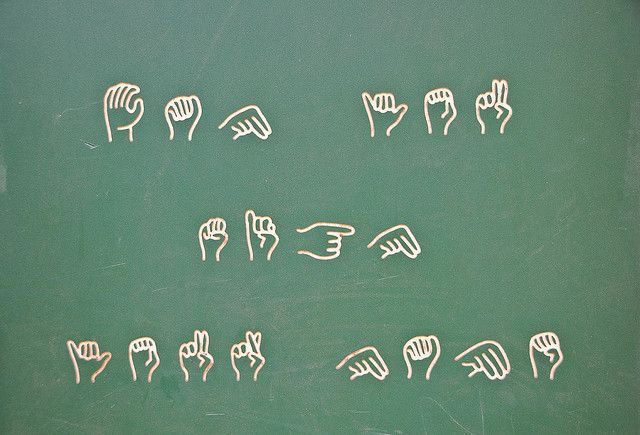University Of London Student Hadeel Ayoub Creates Glove That Translates Sign Language Into Text And Speech

Sign language has been around for as long as people have been deaf. You’ve seen it during the Super Bowl, the State of the Union Address, and you’ll one day use it to change TV channels. But how do you improve communication between the hearing, speech, and visually impaired community? That was the question asked by Hadeel Ayoub, a Goldsmiths, University of London student, when she set out to make a glove that translates sign language into speech and text.
Ayoub created three different prototypes. The first looks the clunkiest: It kind of resembles an oven mitt, has wires jutting out every which way, and only outputs a single letter to a display.
The second design streamlined the process a bit. The wires are more organized, the processor that connects to the computer is a bit smaller, and the prototype was wireless — meaning it wasn’t plugged into anything. It also had updated software that allowed for full text to be displayed on the screen.
The final design is the one that features the capabilities to relay out loud the words that are being signed. It works by attaching several sensors to the fingers that record the position they end in. An accelerometer keeps track of what position the entire hand is in, while all of the data is relayed into a computer that identifies the signs and displays the words. The wires are actually sewn into the lining, making it look smoother and sleeker than the previous design.

The next step in the process for Ayoub is to create a further prototype called Reach All, that could be connected to a smart phone via Wi-Fi and theoretically allow singers to talk to anyone in the world.
To see the whole process, check out Ayoub's Tumblr page.



























